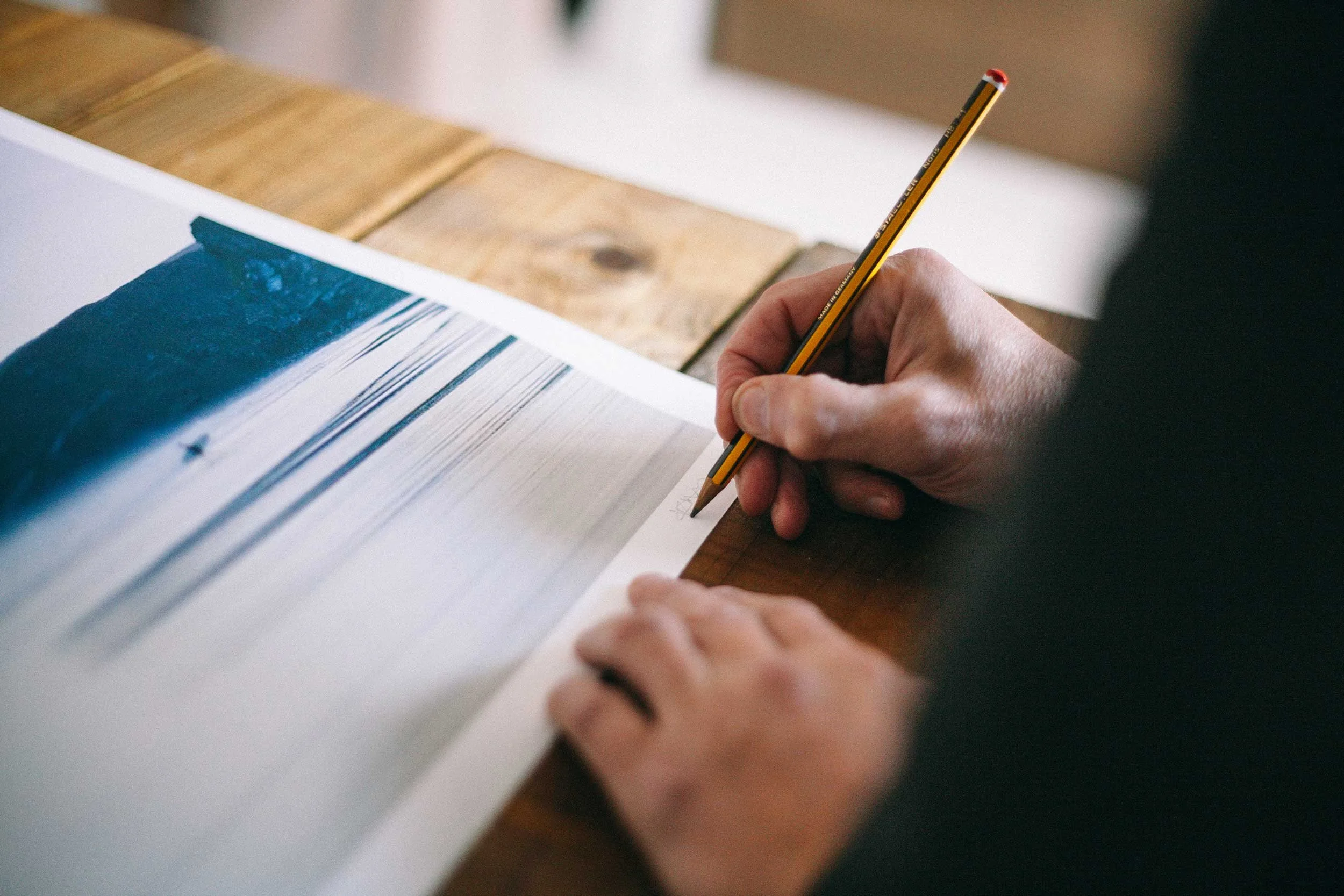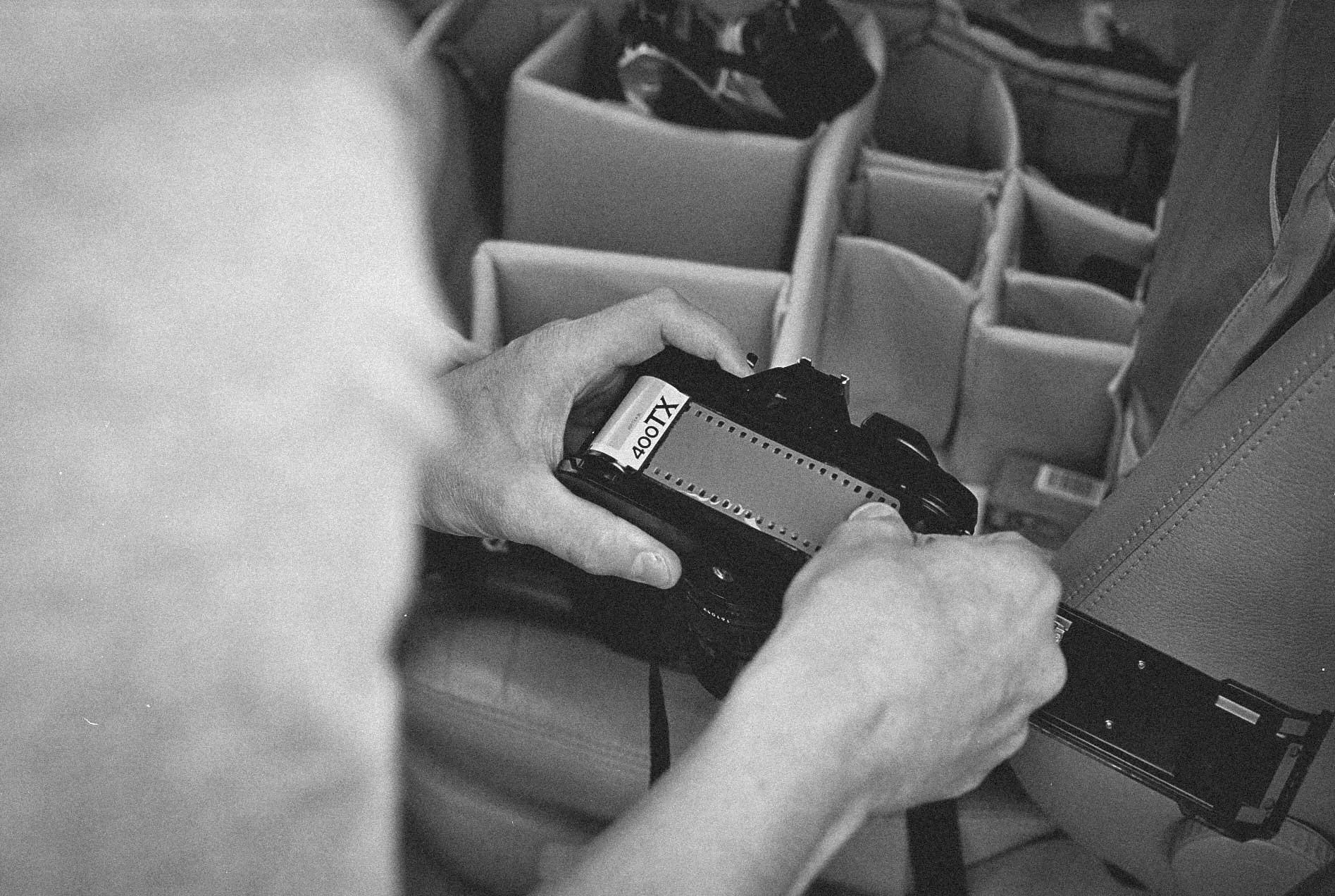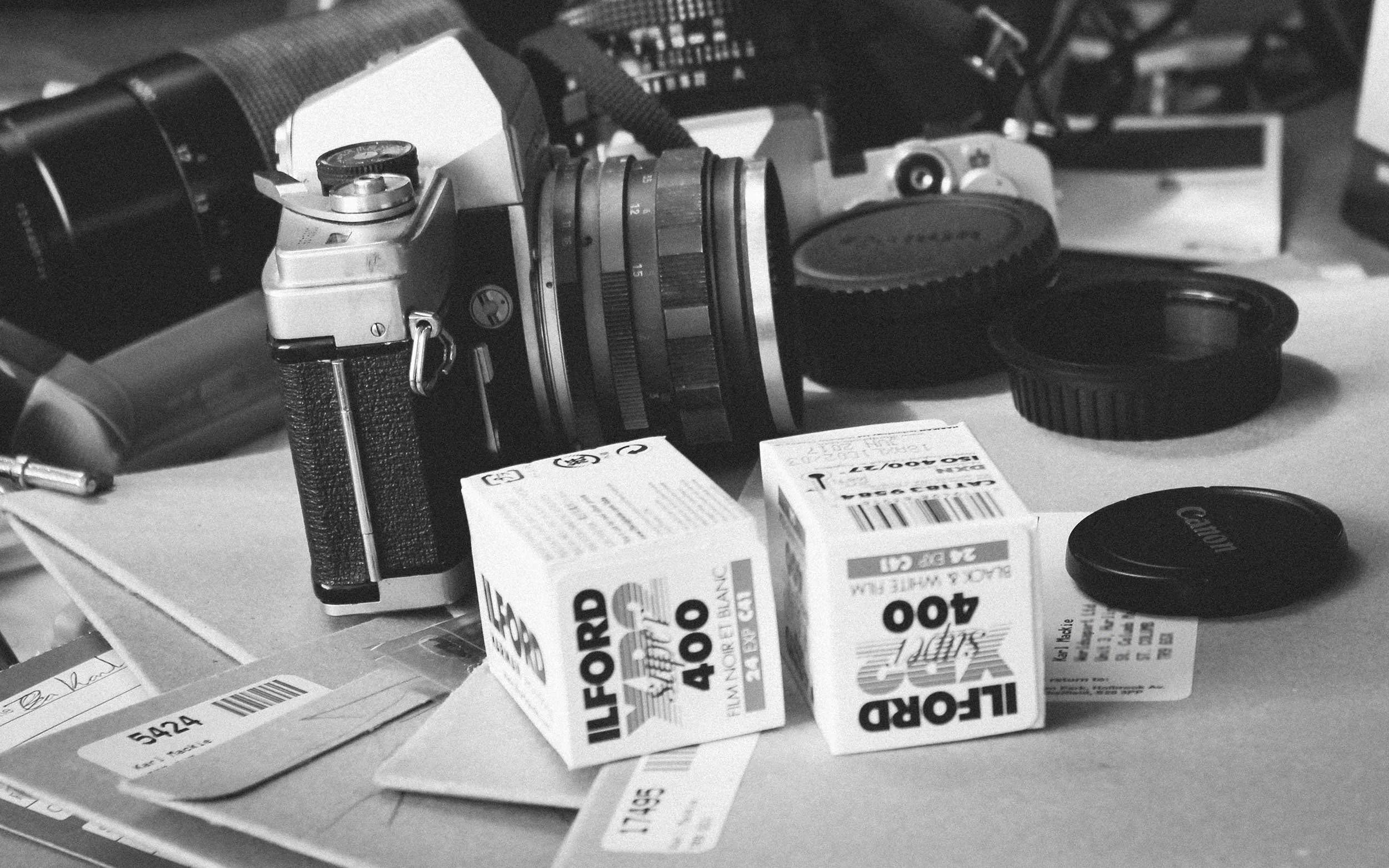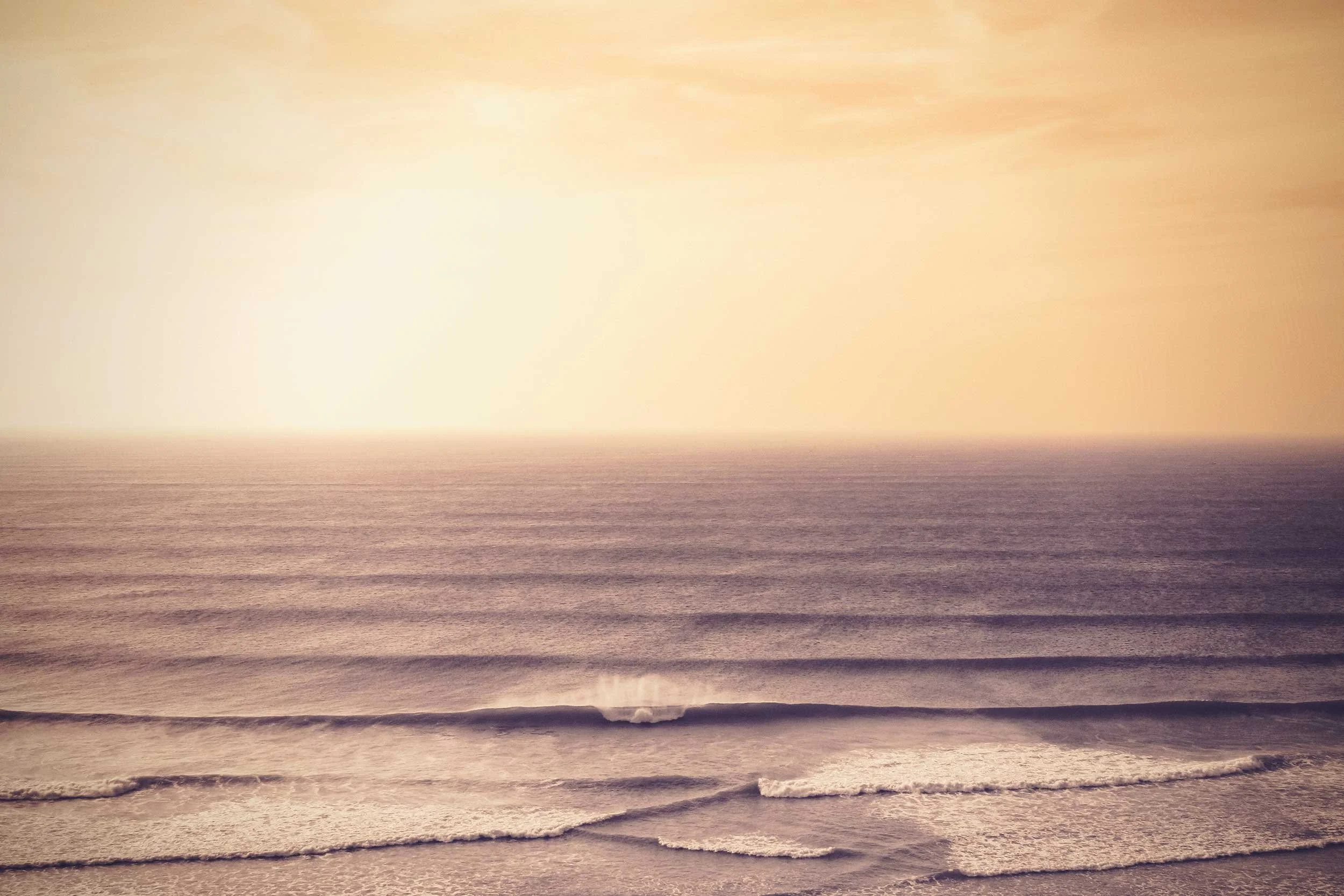WHY I CALL MY PHOTOGRAPHIC PRINTS ‘FINE ART PRINTS’
In the world of photography, the term “Fine Art Prints” evokes images of stunning visual artistry, meticulous craftsmanship, and enduring quality. But what exactly makes a print a “fine art print,” and how does it differ from other types of photographic reproductions? At its core, a fine art print is more than just a photograph; it’s a piece of art, meticulously crafted to stand the test of time and to be cherished for generations. Let’s delve into what sets fine art prints apart, particularly focusing on archival pigment giclee prints, and explore the unique qualities of my photographic creations.
UNDERSTANDING FINE ART PRINTS
Fine Art Prints refers to archival pigment giclee prints. This printing process uses high-quality pigment-based inks and acid-free fine art paper, ensuring that the prints are visually stunning and incredibly durable.
Archival Pigment Giclee Prints
Giclee (pronounced “zhee-clay”) is a French term meaning “to spray,” reflecting the way the printer nozzle sprays the ink onto the paper. This process produces prints with exceptional colour accuracy, depth, and detail. Here are some of the key features that distinguish archival pigment giclee prints from other types of prints:
• Pigment-Based Inks: Unlike dye-based inks used in traditional prints, pigment-based inks are more resistant to fading and provide a wider colour gamut. These inks are composed of tiny particles that are more stable under UV light, which is crucial for preserving the integrity of the print over time.
• Acid-Free Fine Art Paper: The paper used for fine art prints is typically acid-free, which prevents the paper from yellowing or degrading over time. This ensures that the artwork retains its original appearance for decades if not centuries.
• Archival Quality: The combination of pigment-based inks and acid-free paper results in archival prints, meaning they are designed to last for a very long time without significant deterioration. This makes fine art prints a worthwhile investment for collectors and art enthusiasts.
• The Contrast with C-Type Prints
C-type prints, or chromogenic prints, are created using a different process that involves exposing photographic paper to light and then chemically processing it. While c-type prints can also be high-quality, they generally use dye-based inks and are not as resistant to fading as pigment-based giclee prints. Additionally, c-type prints typically have a shorter lifespan due to the chemical nature of the dyes and the paper.
THE ARTISTRY OF KARL MACKIE’S PRINTS
My approach to fine art photography is distinctive and deeply rooted in traditional methods. Many of my prints are created from 35mm slides captured on vintage analog cameras. This analog process imbues each photograph with a unique character that is difficult to replicate with digital techniques.
One-Off Creations
A particularly intriguing aspect of my work is that the slides which become prints are one-offs. Each slide represents a unique moment in time, captured through the lens of a vintage camera, with all the nuances and imperfections that come with analog photography. When these slides are transformed into fine art prints, they become singular pieces of art, each with its own story and emotional resonance.
The Vintage Analog Camera Experience
Using vintage analog cameras offers a tactile, deliberate photography experience. Each shot is carefully composed, and the photographer must have a deep understanding of light, exposure, and composition. The resulting 35mm slides are rich in texture and color, capturing the essence of the subject matter in a way that digital photography often cannot.
THE VALUE OF FINE ART PRINTS
Fine art prints are not just images; they are tangible expressions of an artist’s vision, crafted with the highest standards of quality and care. Whether you are an art collector, a photography enthusiast, or simply someone who appreciates beauty, investing in fine art prints means owning a piece of art that can be treasured for generations.
In conclusion, the term “fine art prints” signifies a commitment to excellence in both artistic expression and material quality. Archival pigment giclee prints epitomize this commitment, offering unparalleled durability and visual richness. When combined with the unique artistry of photographers like myself, who utilize vintage analog techniques and one-off 35mm slides, these prints transcend mere images to become enduring works of art.
If you enjoyed this article, please explore my collection of open spaces, with a focus on light, movement, sunsets, waves, and wanderlust in different locations.
You can find more of my work on Instagram: @karl_mackie and on my commercial website: karlmackie.com



